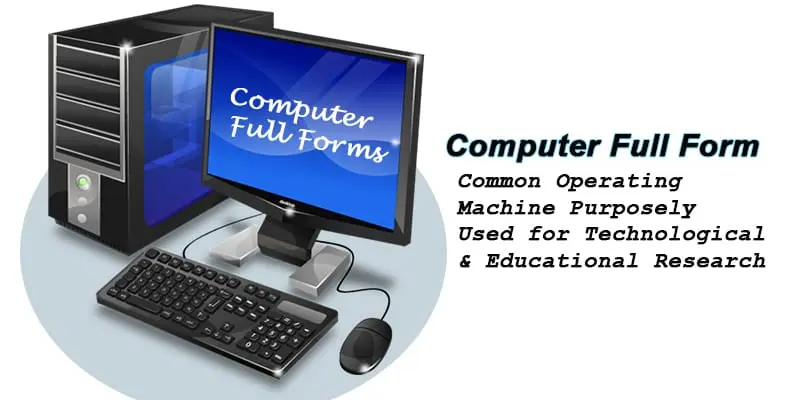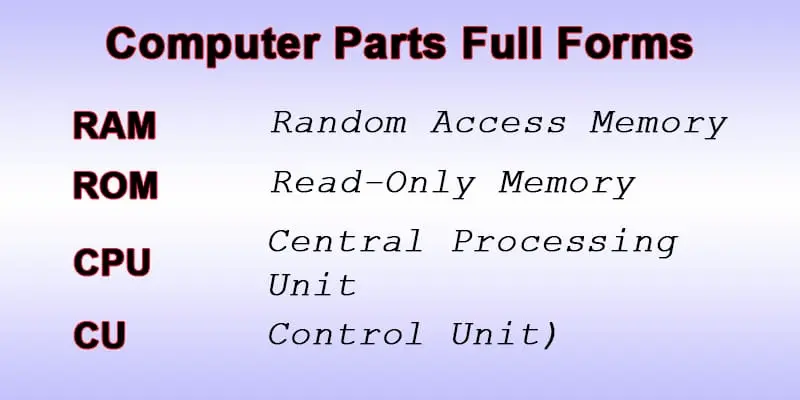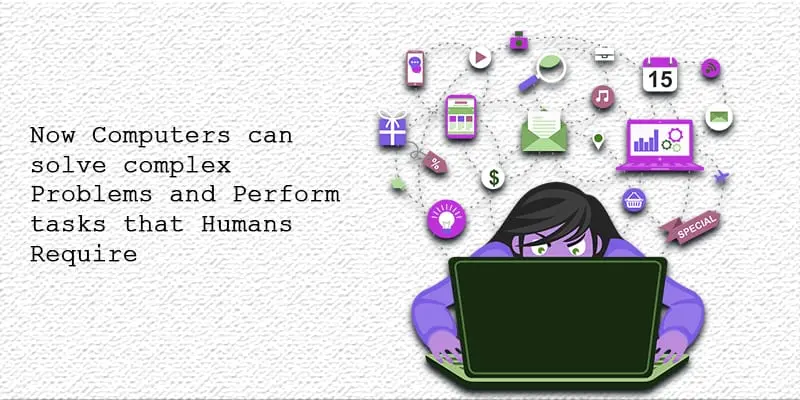Computer Related Full Forms, What are the Generations of Computer 1st to 5th
Updated: January 28, 2024
575
What about the Computer?
A computer is a modern and helpful machine that accepts, processes, and stores data. It keeps all kinds of information in its memory. When someone needs information, the computer can quickly provide it, helping to solve human problems. Computers are now a necessary part of our life. Most people use computers for various activities, including typing documents, communication, research, web & browser, education, sending emails, and watching daily social updates.
What is Computer Full Form?

CPU Computer Full Form
CPU – C for Central, P for Processing, U for Unit (that’s why CPU full form is central
processing unit)
There are 25 Commonly Used Computer Related Full Forms
- RAM – R for Random, A for Access, M for Memory (that’s why RAM full form is random
access memory) - ROM –R for Read, O for Only, M for Memory (that’s why ROM full form is read-only memory )
- ALU – A for Arithmetic, L for Logical, U for Unit (that’s why ALU full form is an arithmetic
logical unit) - CU – C for Control, U for Unit (that’s why CU full form is control unit)
- CD Full Form is a Compact Disk
- GPU – G for Graphics, P for Processing, U for Unit (that’s why GPU full form is graphic
processing unit) - HDD –H for Hard, D for Disk, D for Drive (that’s why HDD full form is hard disk drive)
- SSD – S for Solid, S for State, D for Device (that’s why SSD full form is a solid state device)
- USB – U for Universal, S for Serial, B for Bus (that’s why USB full form is a universal serial
bus) - BIOS – Basic Input/Output System
- OS – Operating System
- GUI – Graphical User Interface
- LAN – L for Local, A for Area, N for Network (that’s why LAN full form is local area network)
- WAN – W for Wide, A for Area, N for Network (that’s why WAN full form is a wide area
network) - ISP – Internet Service Provider
- HTML – Hypertext Markup Language
- CSS – Cascading Style Sheets
- FTP – File Transfer Protocol
- DNS – Domain Name System
- URL – Uniform Resource Locator
- HTTPS- Hypertext Transfer Protocol Secure
- SMTP – Simple Mail Transfer Protocol
- VPN – Virtual Private Network
- MU – Memory Unit
- DVD – Digital Versatile Disc

Generation of Computer 1st to 5th
Each generation of computers has brought big changes. They have become stronger, smaller, and better at solving hard problems. Computers keep getting better and better. Now, let’s look at the different types of computers from the first to the fifth generation.
Computer First Generation
During the 1940s and 1950s, the first generation of computers was formed. The first computer was operated using vacuum tubes. They were very slow and took a lot of space. These computers were mainly used to perform basic calculations.

Second Generation of Computer
During the 1950s-1960s, the second generation of computers was formed. Computer’s second generation saw computers’ introduction and transistors, making them smaller, faster, and more reliable. Now, they can store information in magnetic cores and use it for input and output.
The Third Generation of Computer
The third generation of computers started in the 1960s and lasted through the 1970s. During this time, computers became smaller, faster, and more powerful. Integrated circuits replaced transistors, making computers more affordable. They became widely used in businesses and universities. Operating systems (OS) and programming languages such as COBOL and FORTRAN were developed and improved during this era.
Fourth Generation of Computer
The fourth generation of computers formed during the 1970s-1980s. In this generation, microprocessors were developed that could fit thousands of transistors onto a single chip. The fourth generation made computers much more powerful, efficient, and faster. It also made personal computers more common and cheaper to buy.
The Fifth Generation of Computer
The fifth generation of computers was formed in the 1980s present. This generation brought new technologies like Artificial Intelligence (AI) and Machine Learning. Now, computers can handle difficult problems and do tasks like understanding speech and processing language naturally, which were once only possible for humans.

Conclusion about the Generation of the Computer
Computers have come a long way through different generations, bringing new capabilities. From the first generation’s large machines to today’s small yet powerful devices, computers have revolutionized how we work, communicate, and live. Each generation has built upon the last, improving speed and capacity. Future generations of computers promise even more exciting possibilities, from artificial intelligence to quantum computing. As technology evolves, computers will undoubtedly play an increasingly important role in shaping our world.
FAQS (Frequently Asked Questions)
UPS for computer full forms?
Uninterruptible Power Supply
IBM in computer full form?
International Business Machines
HHD stand for?
Hard Disk Drive
What are the 6 Generations of computers?
Sixth Generation (Ongoing – Future Generation) The sixth generation is still evolving.
Please Write Your Comments